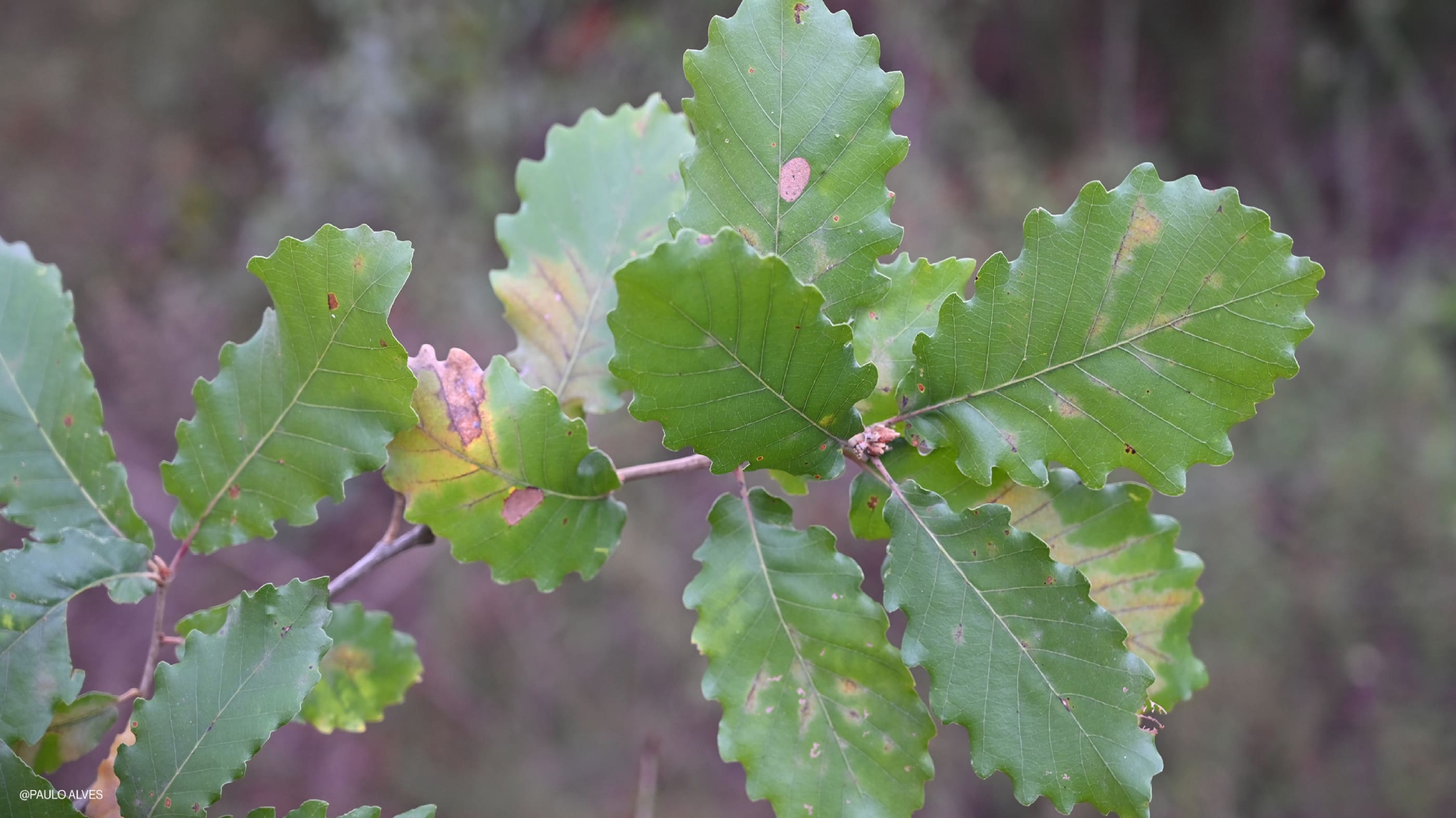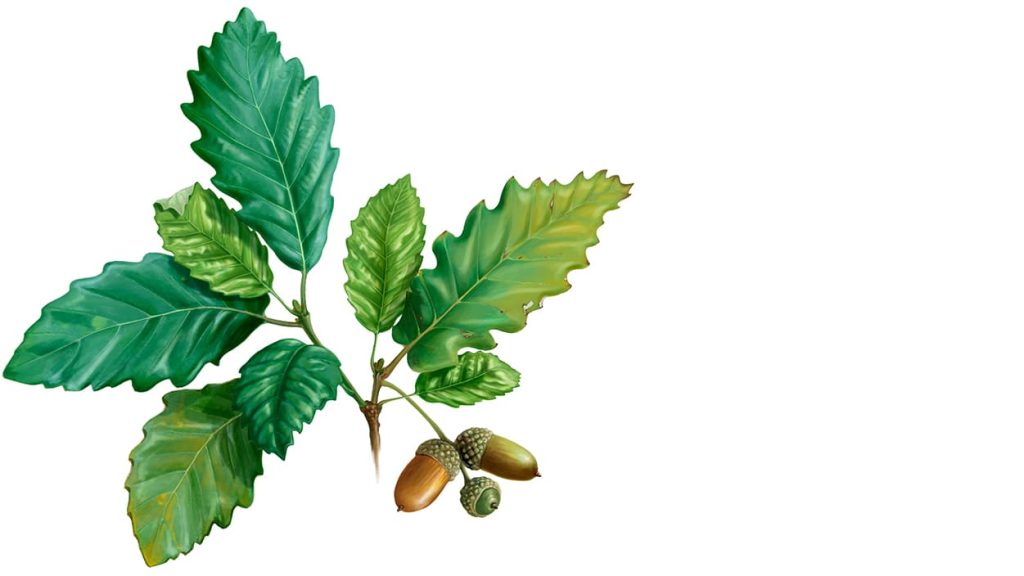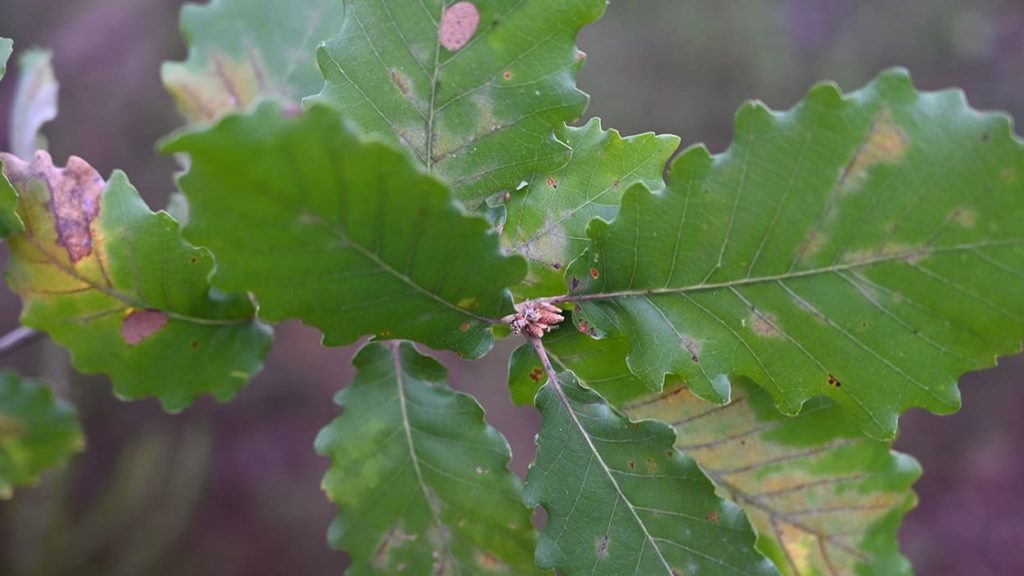Many Portuguese may never have seen an Algerian Oak, and it’s easy to understand why: there are thought to be only around 300 in Portugal, an estimate that led the Red List of Vascular Flora of Mainland Portugal to classify it in one of the most worrying conservation categories – that of Critically Endangered Species.
Among the Quercus native to Portugal, this is the rarest and its risk of extinction is due to the reduced number of identified trees, the estimated decrease in populations in recent decades, and the absence of mature forests. “There are only small groves, with young trees, some decades old, but we don’t see dense and continuous groves of century-old trees”, stresses Carlos Vila-Viçosa, a botanist specialising in Portuguese Quercus.
The Algerian oaks that are known in Portuguese territory are restricted to the mountain range that gives them their Portuguese name (Monchique oak) and to the valleys of the Mira river basin, which flows into Vila Nova de Milfontes. In these areas, they benefit from a favourable climate: the proximity of the Atlantic, the presence of water lines and the steep slopes contribute to a shorter temperature amplitude between day and night, with the formation of mist (hidden precipitation) that helps to maintain humidity levels in the valleys, even during the summer season.
The best time to see them is in spring, when they are in bloom, with male, yellowish flowers, in inflorescences that resemble small clusters (catkins), and tiny, discreet female flowers. At this time, the tree simultaneously has old leaves, dry and yellowed, and green, young leaves, which push out the previous ones (marcescent leaves). This coexistence allows the Algerian oak to maintain its crown, with long, serrated leaves, throughout the year. The fruits (acorns) ripen in autumn.





